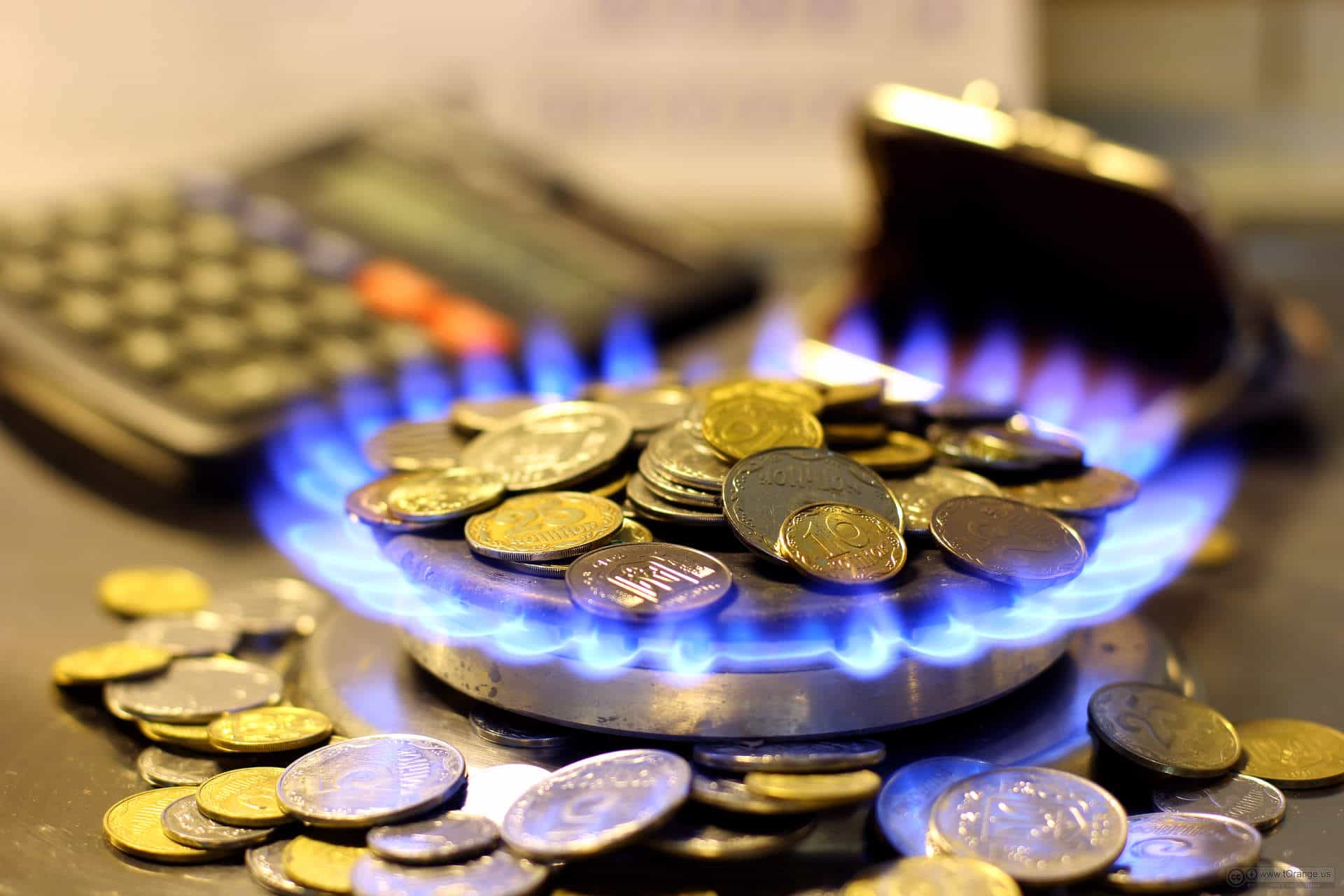Natural gas producers have been suffering for some time, because of the prolonged slump in natural gas prices since mid-2014. After rebounding moderately at the end of 2017, they have declined to under US$3 per million British thermal units (mmBTU) in recent months to be down by 25% since the start of 2018. That has led to some concern that they will continue to decline, impacting the profitability of upstream energy producers focused on natural gas.
As a result, Canadian natural gas producers have been punished by the market. Even the company claimed to be the lowest-cost driller, Peyto Exploration and Development Corp. (TSX:PEY), has seen its stock decline by 21% for the year to date. This has created an attractive investment opportunity for investors seeking to cash in on the eventual upturn in natural gas.
Now what?
U.S. natural gas stockpiles have fallen to be 20% lower than their five-year historical average, but this has failed to trigger a rally. Pessimistic traders are concerned about the onset of warmer weather, which normally sees a downturn in consumption, leading to lower inventory draws. Natural gas prices have declined further than anticipated.
There are signs, however, that the long-term outlook is improving. The International Energy Agency (IEA) expects demand for the fuel to keep growing until 2022, driven by stronger demand from developing economies and industry. Natural gas has also become the preferred transitional fuel of choice for electricity generation, as the battle against climate change and greenhouse emissions gains greater momentum.
You see, while natural gas is a fossil fuel, it emits 50-60% less carbon dioxide than coal.
Unlike many renewable sources of electricity, such as solar power and wind, natural gas-fired power plants can provide a stable source of baseload power. That makes them an important means of stabilizing electricity grids, particularly as the dependence on renewable sources of power generation increases.
This has seen a significant uptick in amount of power being generated by natural gas, and this trend should continue for at least the foreseeable future, particularly as it is now possible to generate electricity as cost effectively as coal.
The U.S. Energy Information Administration (EIA) expects 20 gigawatts of new natural gas-fired generating capacity to come online in 2018 and for natural gas to remain the dominant source of U.S. electricity generation for the medium term. That will surely boost demand over the course of 2018, which in turn will bolster the profitability of natural gas producers.
So what?
Peyto, as Canada’s lowest-cost natural gas producer, is well positioned to benefit from even a moderate uptick in natural gas prices. The driller, which is focused on the Alberta Deep Basin, has 4.3 billion cubic feet, or 788 million barrels of oil equivalent, natural gas reserves.
For 2017, Peyto reported operating and transportation costs of $2.61 per barrel of oil equivalent produced. This is less than a third of the $9.58 per barrel reported by Encana Corp. (TSX:ECA)(NYSE:ECA), although its production has a greater weighting to oil, which is costlier to extract.
That saw Peyto report an impressive 2017 netback, which is an important measure of profitability for a natural gas producer, of $15.32 per barrel. When this is considered in conjunction with the improving outlook for natural gas, it underscores just how profitable Peyto is and how it will significantly benefit from even a slight increase in natural gas prices. This makes Peyto an appealing investment for anyone seeking to cash in on higher natural gas.








